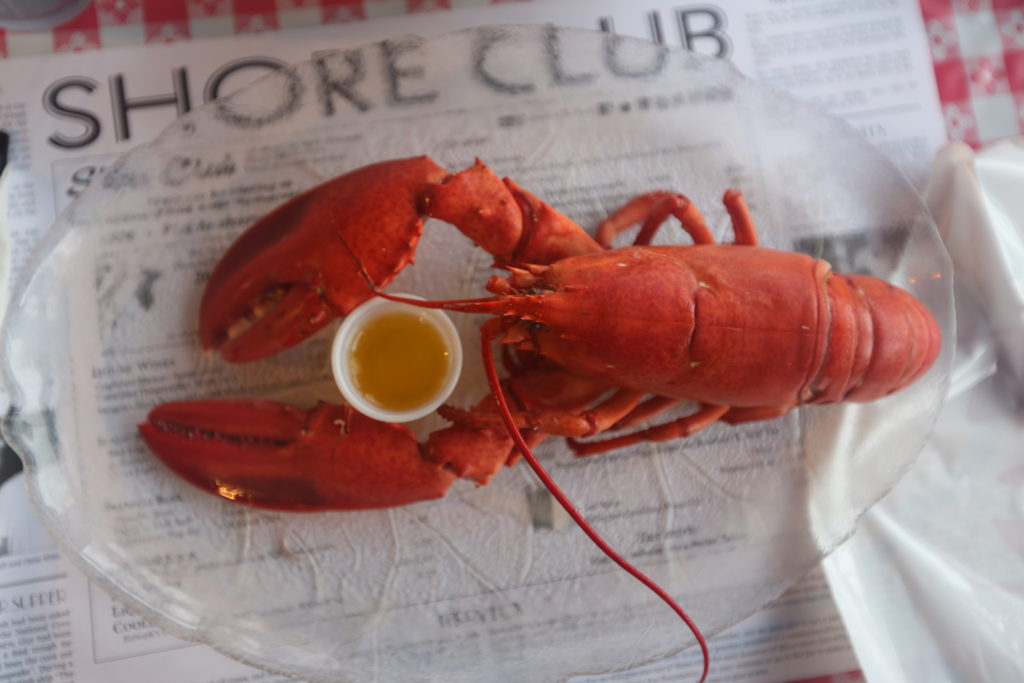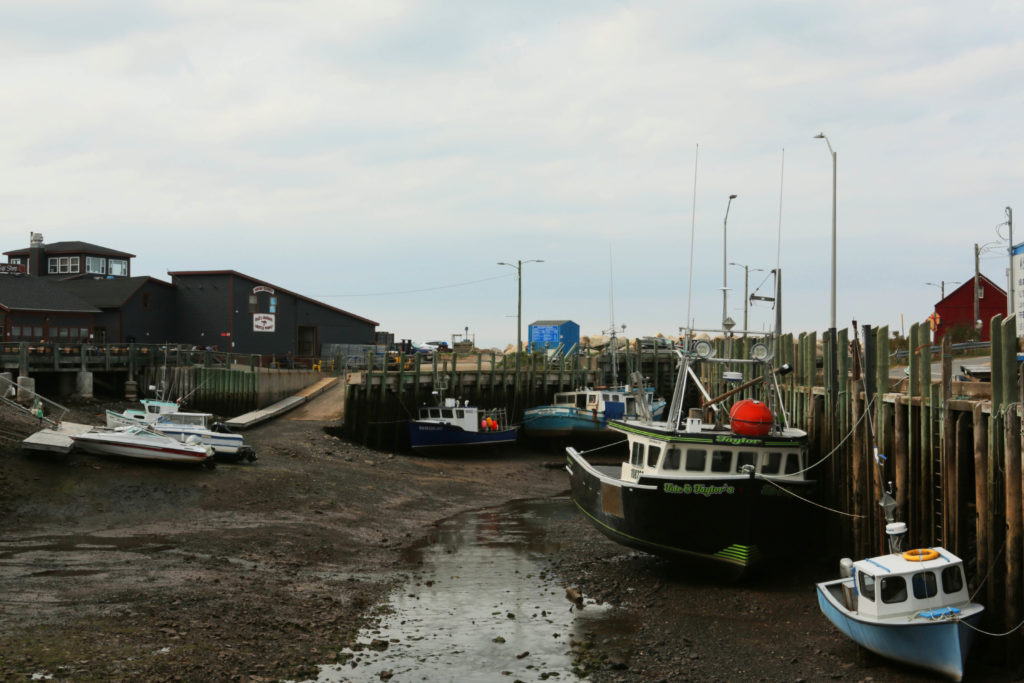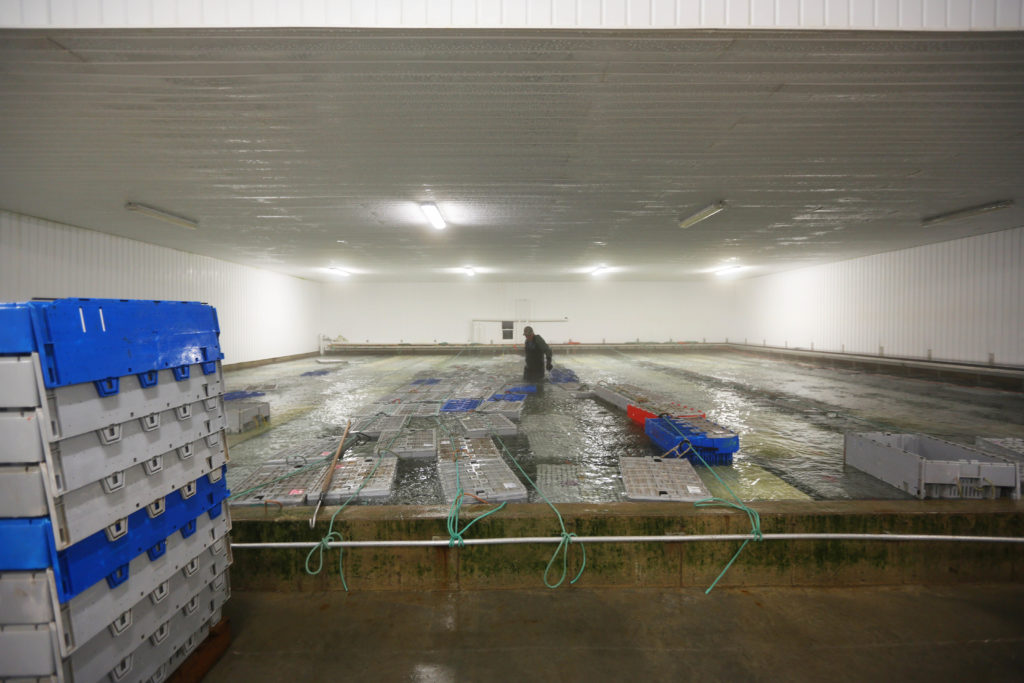
Nova Scotia is known for its lobster. Since arriving in this beautiful province, my husband is on a “one-a-week” schedule. And he isn’t alone. Each year in Halls Harbour, a rustic fishing village on Nova Scotia’s Bay of Fundy, roughly 2 million pounds of lobster make their way through the Halls Harbour Lobster Pound. Twenty thousand pounds are eaten at the restaurant; the rest is packed into crates and shipped across the province, Canada and the world. That happens every year. But every couple of years, someone will walk into the Lobster Pound, choose a live lobster from the tank, and instead of having their lobster taken back to the kitchen, boiled and plated with drawn butter and a side of rice, potatoes or slaw, they will pay the $12.95/lb to have that lucky crustacean released back into the sea.
I guess “lucky” is depending how you look at it. Some people say it’s cruel to put a lobster back into the water — at least right at the shore. With the epic tides and plentiful traps, a lobster’s chances of making it back home are slim. The best way to do it, we were told, is to go out on a boat and drop the lobster into deeper waters. But even then, they could find their way right back into a trap. During our recent visit, we heard about a 22-lber who was liberated by an excited little boy and his parents. The boy carried that heavy guy down to the shore and watched as his claw bands were cut and he was set free into the waters. It made me sad to think that this creature who can live up to 100 years old, only to be caught and then given a second chance at freedom, would still be doomed to the same fate. But one kind gentleman, who has worked at the lobster pound for years, took me aside as we were leaving: “I know people say otherwise,” He told me. “But I was there the day that lobster was put back into the sea… And I think he had a chance”.






